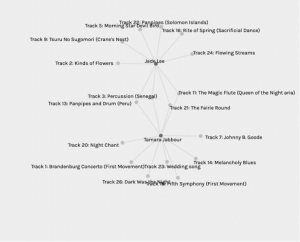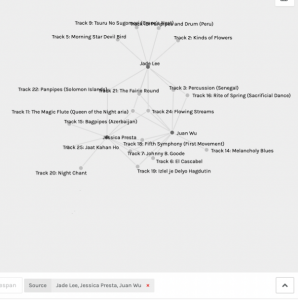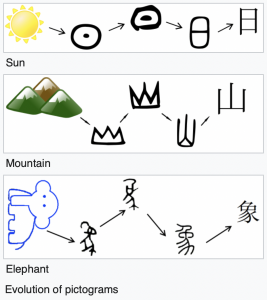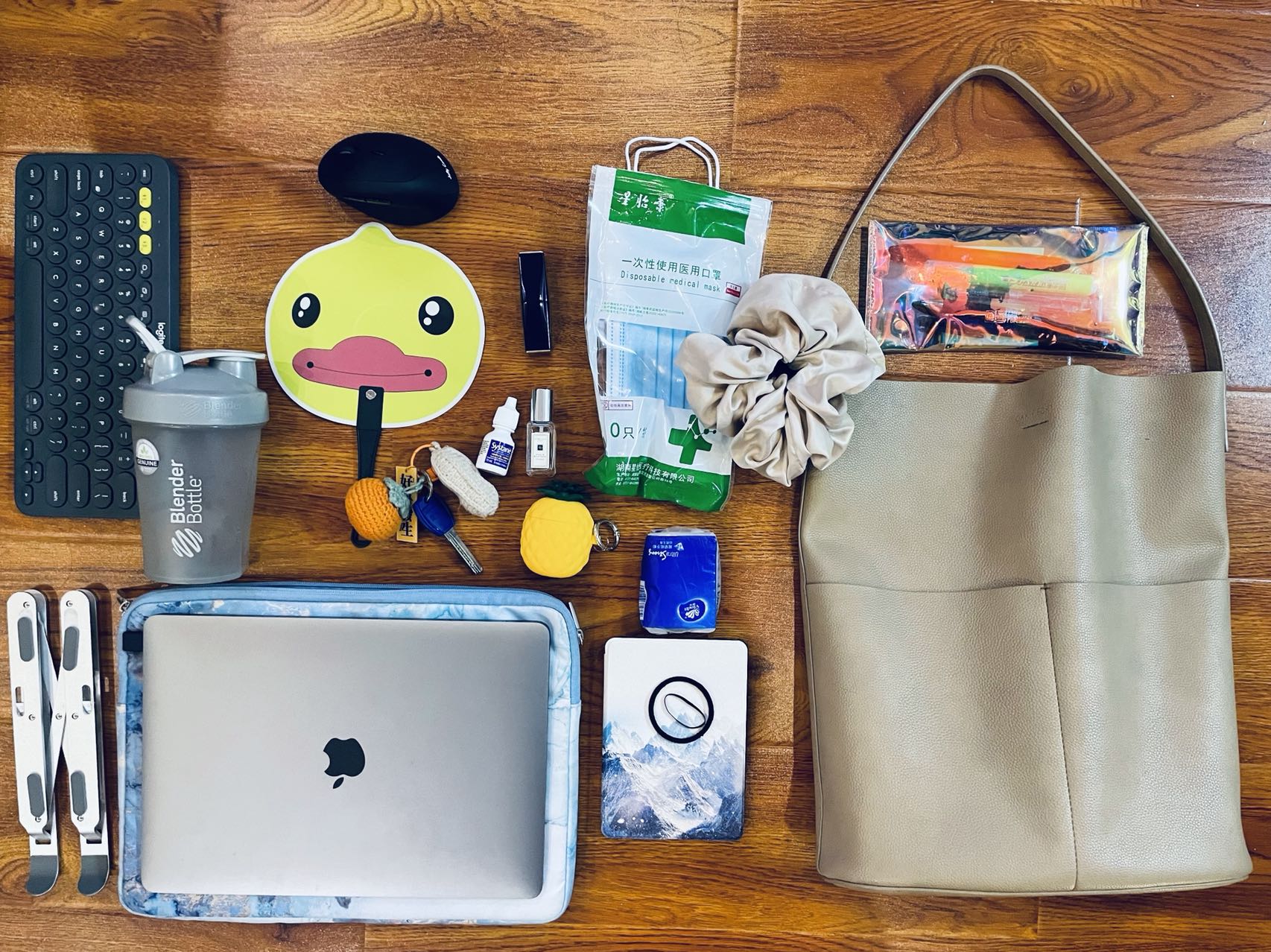Part 1. Utopian Speculative Fiction
A typical school day for Sean, a high school student, in 2050
8:00 AM
The alarm from Sean’s personal AI system rings. Sean gets up, eats breakfast, and gets ready for school. It’s optional to physically go to school, unless you have PE classes, or it is requested by your teachers. But Sean enjoys seeing his friends in person, so he chooses to go.
8:30 AM
Sean drives to school. Traffic is quiet and roads are not busy as work-from-home or study-from-home is the norm now except for essential service workers.
9:00 AM
Sean arrives at school and gets ready to go to history class. School seems very empty as nobody likes to physically come to early morning classes.
9:05-10:20 Period 1
During today’s Art class, they get to go on a virtual field trip. Ms. Smith uses virtual reality to show a simulation so that the class gets to tour the Louvre. They get to examine the art works very closely with explanations from AI.
10:20-10:35 Break
Sean realizes none of his best friends has come to school, so he stays in his classroom and plugs in his headsets and goggles to “meet” and chat with his friends in a virtual space they designed and created together. It is a beachside with different kinds of buildings and their favourite anime characters. A couple of his friends are still lying in bed. It’s like their secret place they hang out all the time.
10:35-11:45 Period 2
During Sean’s study block, he sat at a table at his school’s study space as he has to work on a group project with his English classmates.
Only one of them shows up in person. The rest three appears at the table using VR in a few minutes. It’s a productive meeting.
11:45-12:30 Lunch
Sean orders lunch from the cafeteria through his personal AI assistant and it is prepared and delivered to his table as soon as he enters the cafeteria and sits down at a table.
He is a little disappointed that his friends choose to stay home for that day’s class. He is hoping to have lunch with them at the table and play frisbee after that.
12:30-1:45 Period 3
In Sean’s biology class, they use VR to act like Read Blood Cells in the blood stream, which travels through a human heart. They get to experience the pumping from the inside and get a better sense how a heart works. It is way easier for them to memorize the on-way traffic system for blood flow as they act as RBCs and go through the whole process inside a heart. It also helps them to understand how the heart valves work and how every heartbeat comes from.
1:50-3:00 Period 4
In Sean’s physics class, they have been talking about astronomy lately. As a result, Mr. Lam initiated a VR so the class get to visit Jupiter’s Moons. The class is able to “travel” to the space to stand, walk and touch the surface of the moons. Mr. Lam, standing on Jupiter’s moon, explains how Jupiter and the moons formed while the scene changes according to his explanation. It is quite a visual experience for everyone.
3:00-11:00 PM
School ends and Sean drives back home. The roads are empty as usual. He plays video games with his friends using VR again.
After dinner, Sean works on his English projects for a bit as well as his biology homework to create a simulation of blood flow in human heart using VR.
11:00 PM
Sean goes to bed and hopes to see his friends tomorrow at school so they can play frisbee.
Part 2. Dystopian Speculative Fiction:
The “Perfect” Education
In the future, there are no “schools” with concrete walls or subject teachers. There’s no set curriculum about what kids need to learn. There is ONE administrating body deciding what is good and needed for the entire human population. They make all the rules, and they want to make sure they can get use of everyone’s talent as much as possible to achieve what they want.
Every child will be genetically assessed even before they were born to decide what they might be good at: fine art, engineering, astronomy, literature, politics, etc. Once their talent is assessed, a teacher will be assigned to only one child when they reach school age, around 6-7 years old. The teacher, an actual human, will change their physical appearance to be the same age as the child. The teacher will mentor the child and grow up with them together outside of family time. The teacher, or the mentor, will guide the child through their life one-on-one, teaching them social emotional skills as a friend, show them how to solve real life problems using the skills have learnt, whether if it is math, science, arts, etc.
In this way, the government can also make sure no child accidentally slips to the wrong direction. They are able to ensure that the teachers teach the kids exactly how and what they want. For example, if they think the country needs more soldiers, they will direct the teachers to guide the kids in that particular direction.









